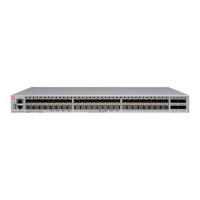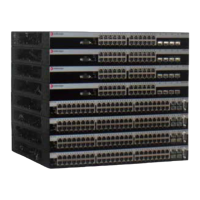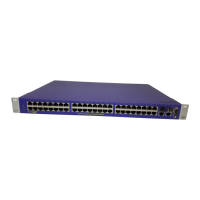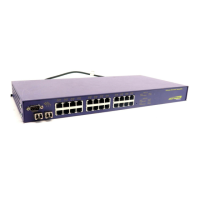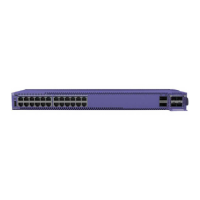UPS (Uninterruptible Power Supply) Requirements
A UPS (uninterruptible power supply) is a device that sits between a power supply
(such as a wall outlet) and a device (such as a switch) to prevent outages, sags, surges,
and bad harmonics from adversely affecting the performance of the device.
A UPS traditionally can perform the following functions:
• Absorb relatively small power surges.
• Smooth out noisy power sources.
• Continue to provide power to equipment during line sags.
•
Provide power for a period of time after a blackout has occurred.
In addition, some UPS devices or UPS-plus-software combinations provide the
following functions:
•
Automatically shut down equipment during long power outages.
•
Monitor and log power supply status.
•
Display the voltage (current draw) of the equipment.
•
Restart equipment after a long power outage.
• Display the voltage currently on the line.
• Provide alarms on certain error conditions.
• Provide short-circuit protection.
Select a UPS
To determine UPS requirements for your switch, answer these questions:
• What are the amperage requirements?
• What is the longest potential time period that the UPS would be required to supply
backup power?
• Where will the UPS be installed?
• What is the maximum transition time that the installation will allow? (See Provide a
Suitable UPS Transition Time on page 44.)
Note
Use a UPS that provides online protection.
Calculate Volt-Amperage Requirements
To determine the size of UPS that you need:
1. Locate the voltage and amperage requirements for each piece of equipment.
These numbers are usually found on a sticker on the back or bottom of your
equipment.
2. Multiply the numbers together to get Volt-Amperes (VA):
VA = Volts x Amperes
3. Add the VA from all the pieces of equipment together to nd the total VA
requirement.
To determine the minimum volt-amperage requirements for your UPS, add 30% to
the total.
Preparing to Install UPS (Uninterruptible Power Supply) Requirements
VSP 4900 Series Switches: Hardware Installation Guide 43
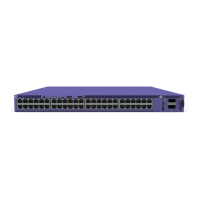
